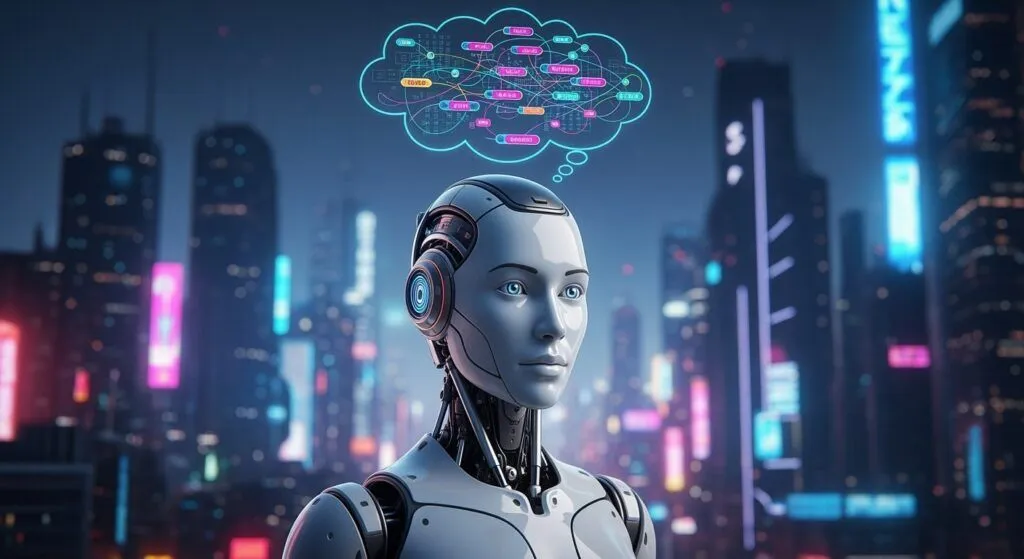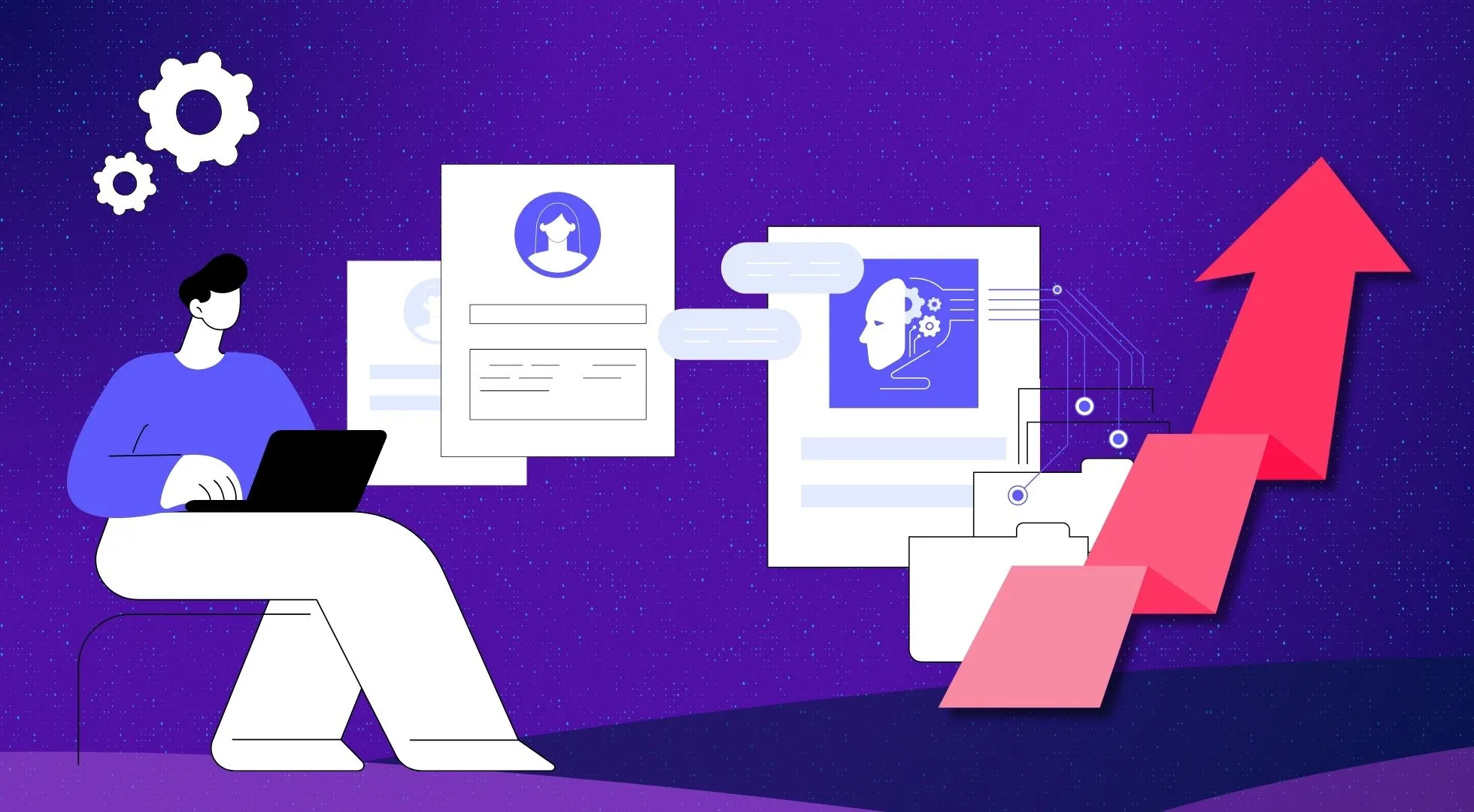Generative AI vs. agentic AI: What MSPs need to know


Larissa Varela
Pia, Global Director of Marketing
Every vendor out there claims they can help you use AI to transform your service desk.
But here’s the thing: Not all AI is created equal. There’s a big difference between AI that helps you write emails and AI that helps you close tickets.
To make the most of AI, you need to understand which technologies can genuinely help streamline your operations — and which are just glorified ChatGPT wrappers.
We’re here to help.
By breaking down the differences between two key types of AI — generative and agentic — we want to help you cut through the noise to find solutions that will help you close tickets faster, improve client relations and make your business more efficient.
Generative AI: The content creator
When most people talk about AI, they’re referring to “generative AI,” systems trained to create content. Think of ChatGPT writing an email, DALL-E creating an image or Midjourney designing a logo.
These tools are impressive, and they can be a helpful part of your stack. When a client emails you about Outlook connectivity issues, for example, generative AI can reply with some basic troubleshooting tips.
But it can’t take action to actually help you close the ticket.
Agentic AI: The decision maker and doer
This is where agentic AI comes in. Unlike its content-creating cousin, agentic AI has agency (hence the name). It can observe its environment, identify potential solutions to problems and independently determine the best course of action.
Let’s break down what this could mean for your business.
How agentic AI helps MSPs
Frees your team from routine tasks
When a ticket comes in about a password reset, agentic AI doesn’t just draft instructions for the user to follow; it can execute the reset itself.
This gives your team hours of time back each day to work on more complex and profit-driving projects.
Empowers your team with specialized expertise
While generative AI tries to be good at everything, agentic AI excels at specific tasks. It’s the difference between hiring a handyman versus an electrician to rewire your house.
An agentic AI that’s specifically trained on help desk workflows, for example, can empower even the most junior techs to close more tickets confidentially and consistently, helping you save on labor costs while improving your client experience.
Reduces decision fatigue
Your team spends their days making dozens of small decisions: which tickets to prioritize, which to escalate, how much time to spend on each issue.
This leads to decision fatigue, which bogs down your techs and makes every day feel like a marathon.
Agentic AI can automatically triage and classify incoming tickets, handling some problems itself and bringing in your techs when necessary.
Scales your business without scaling your costs
All of these improvements — freeing your team from routine password resets, empowering them to close tickets more efficiently and reducing decision fatigue — helps your techs easily and efficiently manage more endpoints.
MSPs using agentic AI report their techs can handle 400 to 500 endpoints each, more than double the industry average of 200. Now, you can finally grow your client base without always having to grow your team at the same rate.
The result? Your costs don’t increase in lockstep with your revenue, allowing your EBITDA to scale alongside your business growth.
More to explore

How MSPs Use Workflow Automation to Scale Smarter and Deliver Better Service
Workflow automation enables MSPs to standardize processes, reduce onboarding time, and improve accuracy across clients. Learn how automation unlocks efficiency, boosts client satisfaction, and helps

Introducing Pia Integration with Nilear MTX Pods
Pia now integrates with Nilear’s MTX Pods, bringing AI-driven triage and automation to dispatch and workflow tools—helping MSPs streamline service delivery like never before.

How MSPs Can Use AI to Improve Customer Service
Discover how AI helps MSPs resolve issues faster, scale support without more headcount, and deliver personalized service that drives loyalty—all while reducing operational costs.

